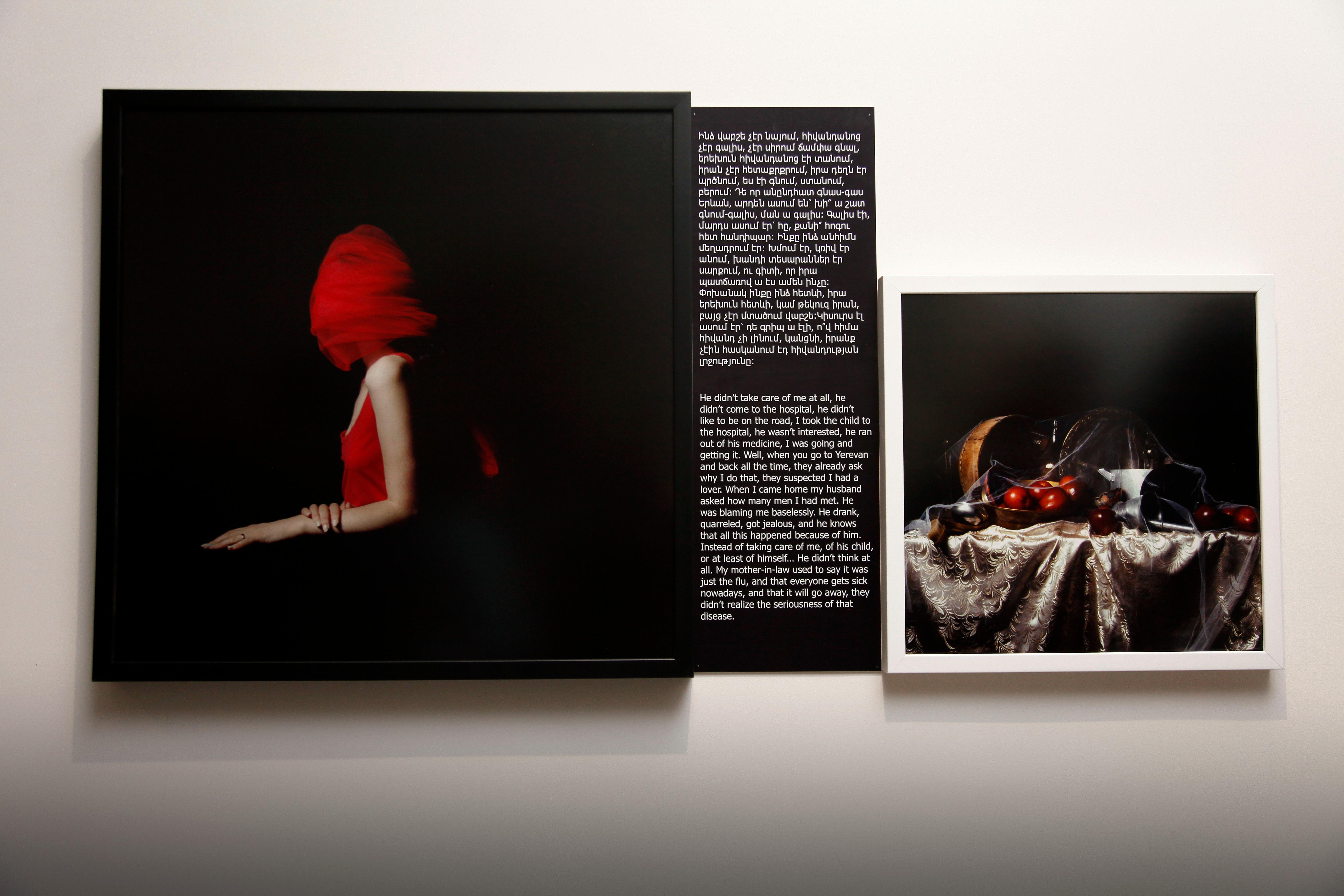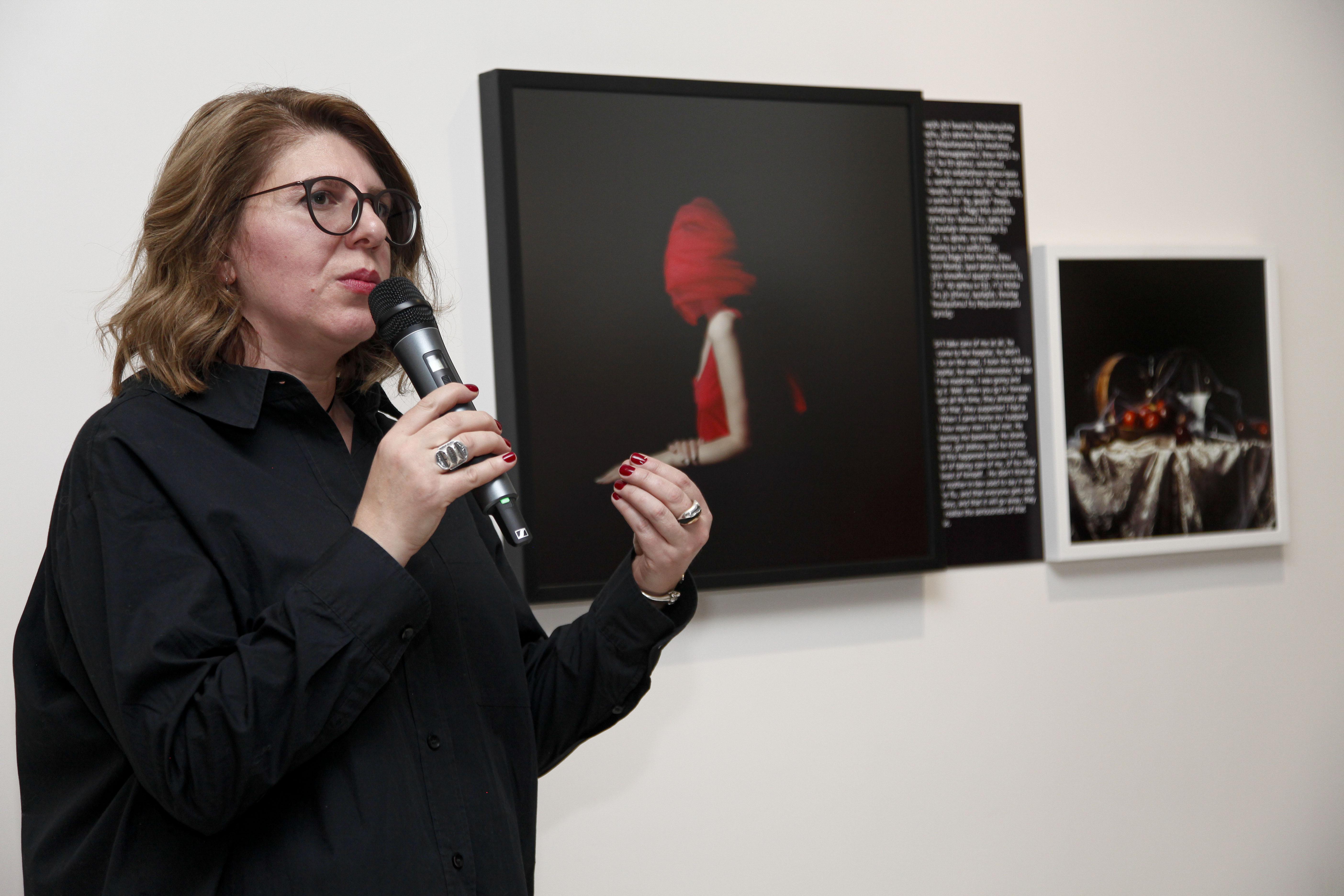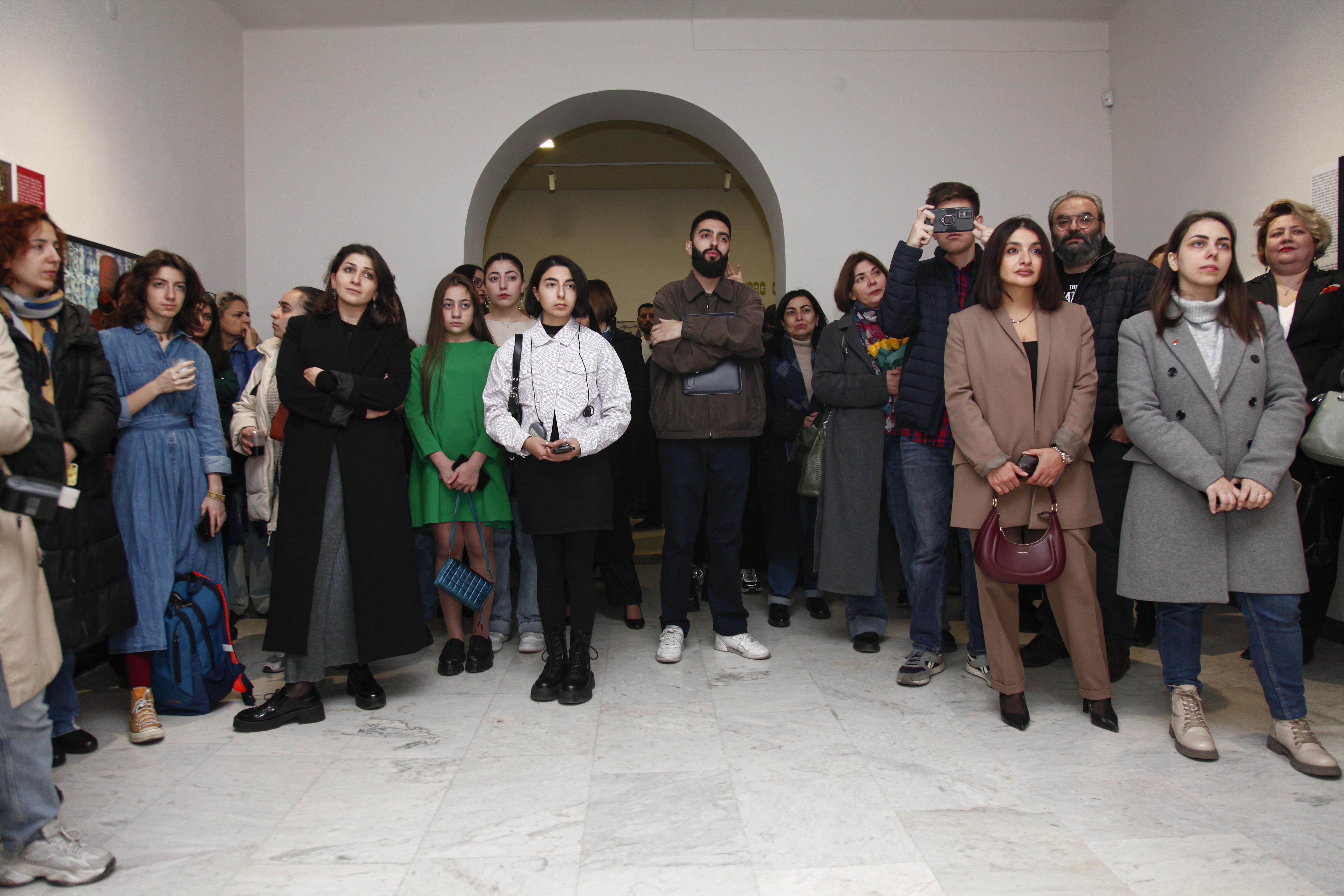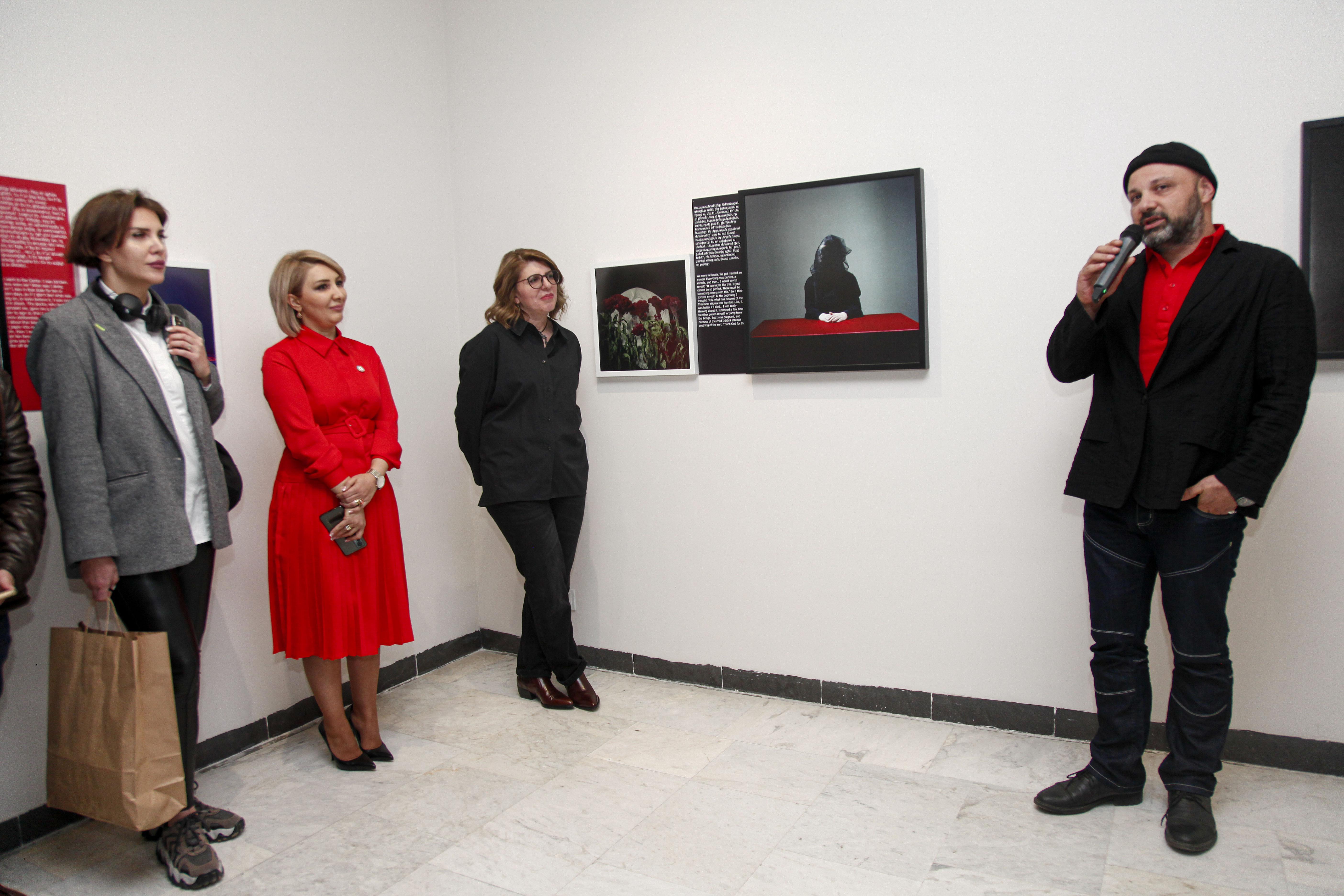
Yerevan Photo Exhibition Highlights Women Living with HIV
On December 1, photographer Nazik Armenakyan's solo exhibition "Red, Black, White" opened in Yerevan.
The date of the opening of the exhibition is not accidental. December 1 marks World AIDS Day. Armenakyan's project is about women in Armenia living with HIV.
These women, from average and in many cases traditional families, not only face the life-threatening danger of AIDS, but also a great social stigma.
They have been infected with HIV from their husbands, who in turn were infected while working abroad in Russia. The photographer says that in most cases men are not aware of their condition. There are cases when women find out they’re infected during pregnancy.
Armenakyan says she became interested in the topic in 2014 and began to research the topic more deeply through the support of the "Real World, Real People" NGO that works with people living with HIV. Armenakyan got to know HIV-positive women, participated in their group discussions, and conducted interviews and interacted with them.
Given the social stigma faced by these women, Armenakyan decided to cover the faces of the subjects in her exhibition.
"I realized that I have to cover the faces of those women with many different pieces and materials before taking photos. The process of photographing was complicated. You cover the faces of these women with your trembling hands, but it is not a feature film shooting or an operation, but a photographic process. In fact, it is a very beautiful and intimate, but also very difficult process. When you artificially cover a person's face, they must understand why they are being photographed,” says Armenakyan.
Each photograph is accompanied by the life story of the subject. The text contains testimonies of the women - what happened to them, how they found out about their HIV status and what they felt.
"The audience sees those portraits, photos, which are very elegant, aesthetic, but then they read the accompanying text, which is very real, very recognizable, and scary," says project curator Vigen Galstyan.
The project is not only about HIV. It’s multi-layered, because the project deals with the topics of traditional values, class rule, family violence and shame in Armenian society.
"I realized that all this is about shame. That women are ashamed to say that if their husband has returned from Russia, then he should be tested, or if they marry a man who has worked in Russia for many years, they should ask him to undergo a test. It is a shame to talk about it, it is a shame to tell their parents and children. At the same time, I was also researching Armenian rituals and traditions about where a woman should be. For example, when a young girl got married, there was a custom to give her a log, then a doll. The girl was told if she got into trouble, tell the log or the doll, not anyone else. In this respect, there were many parallels," says Armenakyan.
Galstyan says the aesthetic nature of the photographs serves as a communication space where the trauma of others is not manipulated for our emotional experiences but offers a means of mutual understanding that people living with HIV and the public usually lacks.
Armenakyan also wants to show the power of these women.
"There are women in the project who believe that HIV is just a chronic disease, they take their medicines and continue to live fully with HIV, get married, have children, work, create, and are full members of society. In this sense, you cannot represent only misfortune or pain, because black turns into white," says Armenakyan. This is where the title of the exhibition comes from.
The exhibition is open until December 29 at the Gevorg Grigoryan (Giotto) Studio-Museum, 45a Mashtots Ave.
Photos by Gayane Harutyunyan
 Videos
Videos Photos
Photos



Write a comment